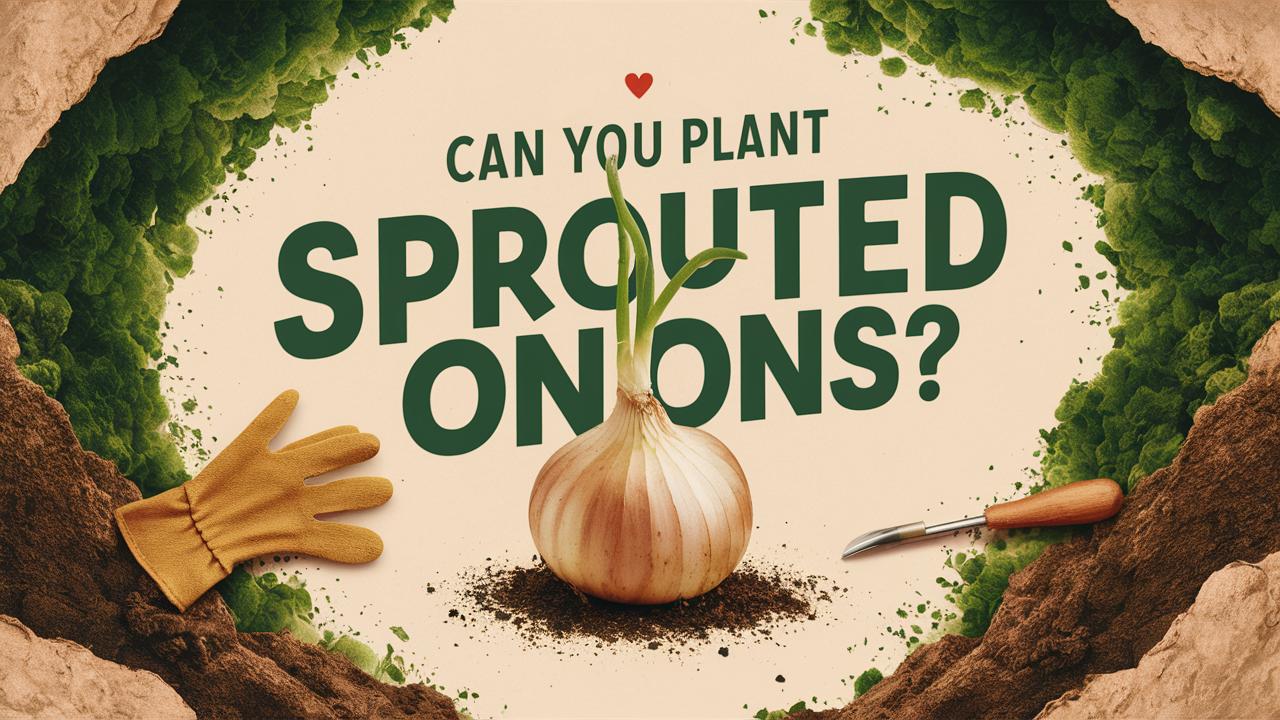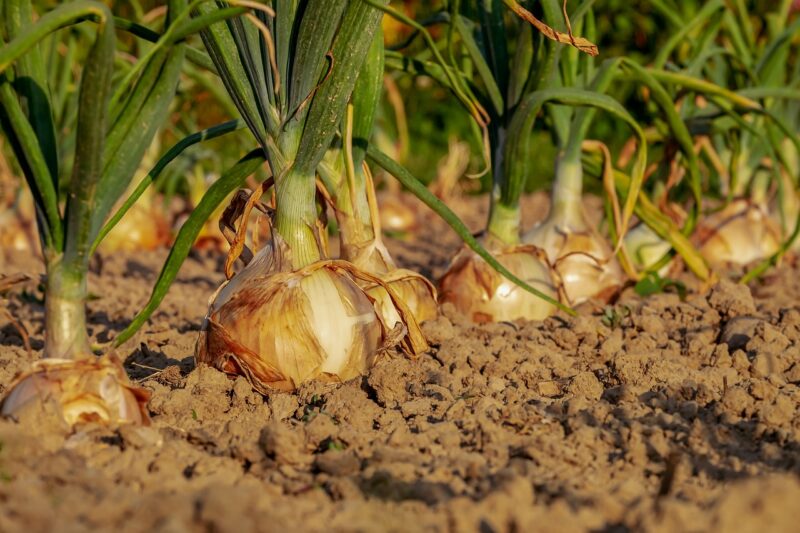When you stroll through the aisles of your local grocery store or farmer’s market, you might find yourself staring at a pile of onions, wondering how best to make use of them. Maybe you’ve brought home a bag, only to find a few of them have sprouted green shoots. It leads you to an intriguing question: can you plant sprouted onions?
This guide digs into that very question, exploring the world of onions, sprouting processes, cultivation tips, and the joys of growing your own produce.
The Nature of Sprouted Onions
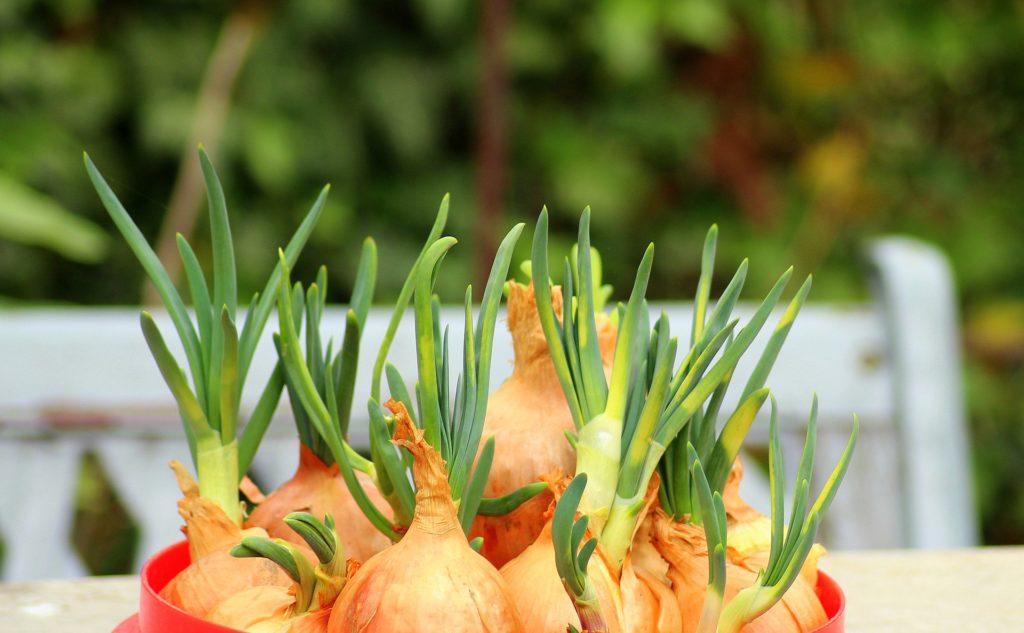
When onions begin to sprout, many people believe they are spoiled or past their prime. However, this isn’t entirely true! Sprouts indicate that the bulb is still alive and full of potential. The green shoots that emerge are perfectly natural and can encourage you to consider them for planting.
The sprouting process indicates that the onion has absorbed moisture and is attempting to grow. Sprouts may not be the most aesthetically pleasing, but they still possess the same nutritional value and flavor that onions share. In fact, the sprouts contain chlorophyll, which provides a unique taste and can enhance dishes in various ways.
Can You Plant Sprouted Onions?
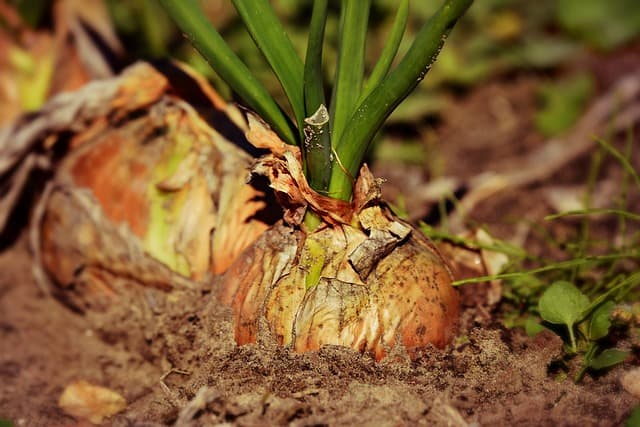
Now, let’s address the core of our topic: can you successfully plant those sprouted onions? The answer is a resounding yes! Sprouted onions are more than capable of being planted, and they often yield successful results. Here are a few key points regarding the planting of sprouted onions:
1. Recognizing Healthy Sprouts
It’s essential to assess the health of your sprouted onions before planting. Healthy sprouts are typically vibrant green, standing upright, and clearly growing from a firm, undamaged bulb. However, if the bulb is mushy, shriveled, or excessively soft, it’s likely not worth planting, as it may not yield satisfactory results.
2. Benefits of Planting Sprouted Onions
Planting sprouted onions has several advantages. First, they may grow faster than planting seeds or non-sprouted bulbs because they’ve already initiated their growth. Additionally, you can extend your harvest by utilizing onions you might otherwise discard. This not only saves you money but also reduces waste, making it a sustainable gardening choice.
3. The Varieties of Sprouted Onions
Onions can be sprouted in various forms, including whole bulbs, cut pieces, or even onion sets (small bulbs). Each carries unique planting considerations. Whole bulbs generally yield greater results, while smaller pieces may need extra care to prevent rot. As you embark on your planting journey, consider which method suits your gardening style and space best.
Planting Techniques for Sprouted Onions
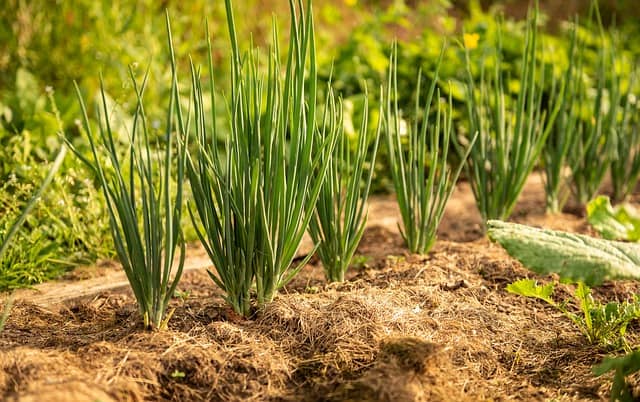
It’s time to get your hands dirty! Planting sprouted onions is a simple process, but there are a few techniques to maximize success. Here’s a step-by-step guide to help you navigate the planting process with ease.
Step 1: Prepare the Planting Area
Choose a location in your garden or on your balcony that receives ample sunlight. Onions flourish best in well-drained soil with a pH level between 6.0 and 6.8. If you’re planting in your garden, clear the area of debris and weeds to create a clean environment, ensuring that your new sprouts have the best opportunity for growth.
Step 2: Enhance the Soil
To enhance soil quality, consider mixing in organic compost or well-rotted manure. This will infuse the soil with nutrients essential for optimal onion growth. Additionally, select a fluffy mix that promotes drainage, preventing root rot from excess moisture.
Step 3: Planting the Sprouts
You’ll want to plant your sprouted onions with care. Dig holes that are approximately 2-4 inches apart, as onions thrive when allowed some space between them. Place the sprouted bulbs into the holes with the green shoots facing upward, and cover them lightly with soil. Be cautious not to bury the sprouts too deep, as they need sunlight to continue growing.
Step 4: Watering and Care
Once planted, give your onions a good watering to settle the soil around the bulbs. As they grow, keep the soil consistently moist but not saturated. Overwatering can lead to fungal infections, while underwatering can limit growth. Monitoring moisture levels will be a key component of your onion gardening journey.
Caring for Sprouted Onions: Tips for Success
As your sprouted onions begin their growth, it’s essential to provide ongoing care. Here are some important tips to keep in mind:
Weeding
Onions do not compete well with weeds, so eliminate any unwanted plants that sprout around them. Weeding helps reduce competition for nutrients and water, allowing your onions to thrive.
Pest Management
Be on the lookout for pests that may be interested in your onion plants. Common pests include aphids, onion flies, and thrips. If you notice signs of infestation, consider using organic insecticidal soap or neem oil to manage the situation without harming beneficial insects.
Fertilization
As your onions grow, a balanced fertilizer can help maintain healthy growth. Use a fertilizer high in nitrogen during the early growth stages, transitioning to a phosphorus-rich formula as bulbs begin to form. Following the package instructions will guide you toward success.
Harvesting
Harvesting sprouted onions generally occurs in late spring or early summer, once the tops start to yellow and wilt. Gently lift the bulbs from the soil, ensuring you don’t damage them in the process. Allow them to cure in a dry, well-ventilated area for several weeks; this enhances their storage life and improves flavor.
Understanding Onions: A Quick Overview
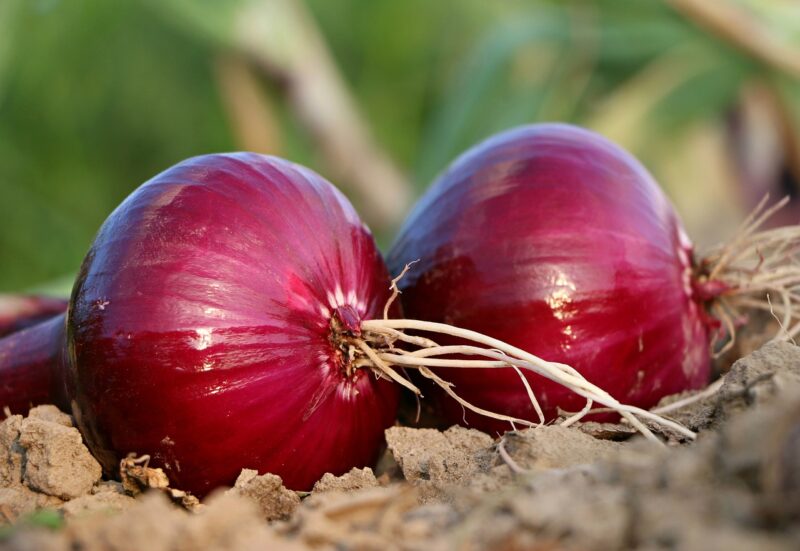
Before we dive into the specifics of planting sprouted onions, it’s essential to grasp what onions are and why they are such a staple worldwide. Allium cepa, commonly known as the onion, has been cultivated for thousands of years and holds a prominent place in global cuisine. These versatile bulbs come in various types, including yellow, red, and white onions, each contributing distinct flavors and textures to dishes.
Onions are biennial plants, which means that they generally take two years to complete their life cycle. In the first year, under suitable conditions, they grow bulbs, which are harvested and commonly consumed. If left to grow the second year, these bulbs will produce flowers and seeds, ensuring the continuation of the species.
But what happens when you expose your stored onions to light for extended periods? They develop green shoots, commonly referred to as “sprouts.” Understanding these sprouts and how they relate to the planting process is crucial for the rest of our discussion.
Dealing with Challenges
Gardening is an adventure filled with ups and downs, and growing sprouted onions can present its own set of challenges. Understanding these potential hurdles and knowing how to deal with them will empower your gardening success.
Premature Sprouting
Sometimes, onions may sprout before they are planted, due to improper storage conditions. If you find yourself with prematurely sprouted onions, be sure to plant them as soon as possible. Remember, the sooner you plant them, the better chance they have of establishing healthy growth.
Rot and Fungal Issues
Onions are susceptible to diseases like neck rot and white rot. Maintaining proper soil moisture and ventilation can help prevent these issues. Should you observe any signs of rot, remove the affected onions immediately to prevent the spread.
Weather Challenges
If your region experiences heavy rain or extreme heat, it can affect onion growth. Regular monitoring of soil conditions will help you respond to challenges as they arise, using mulch or shade cloth to shield your onions from harsh conditions.
The Joy of Growing Your Own Onions
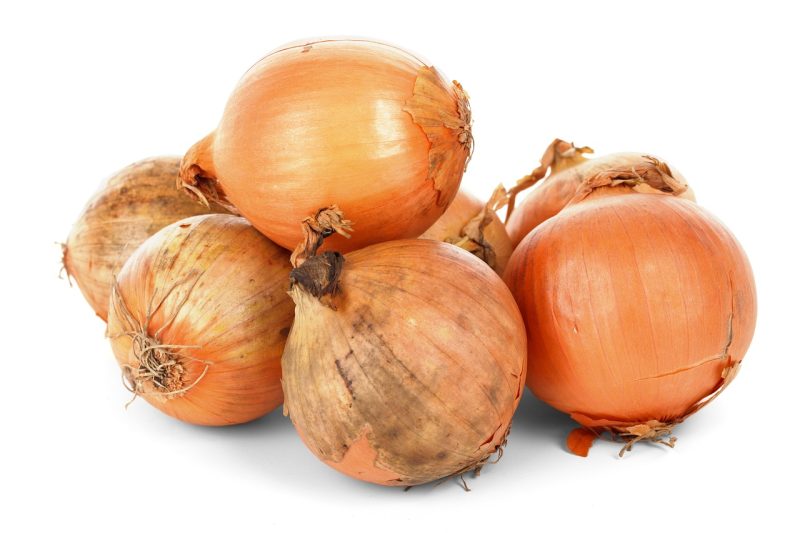
Embarking on the journey of cultivating sprouted onions offers numerous rewards. There’s a unique satisfaction that comes from growing your food. You’ll enjoy the flavor of freshly harvested onions with your meals, and you can take pride in knowing that you nurtured each bulb from a sprout.
Additionally, gardening fosters a deeper connection with nature. Watching your sprouted onions flourish provides a sense of accomplishment and tranquility, allowing you to escape the hustle and bustle of daily life.
Whether you incorporate them into your cooking or give them as gifts to friends and family, homegrown onions yield flavors that simply can’t be found in store-bought varieties. As you enjoy your bountiful harvest, you open the door to endless culinary possibilities!
Conclusion
So, can you plant sprouted onions? Absolutely! Not only is it possible, but it can also be immensely rewarding. By understanding the nature of sprouts, employing planting techniques, and caring for your onions attentively, you can successfully grow a thriving crop in your garden.


